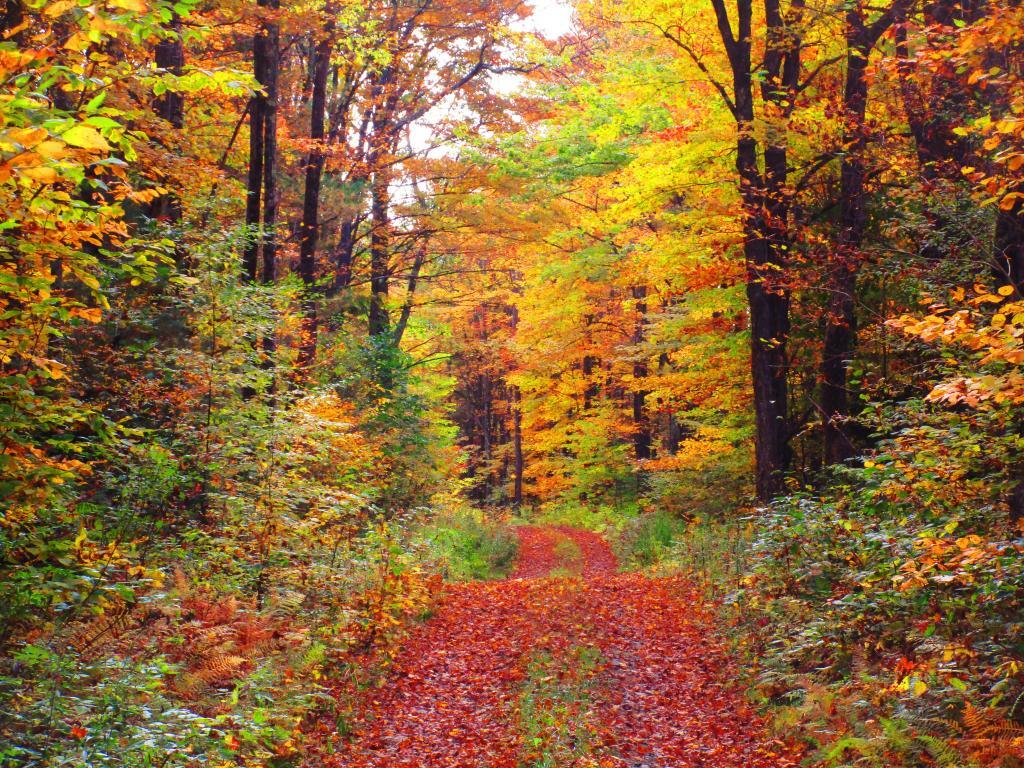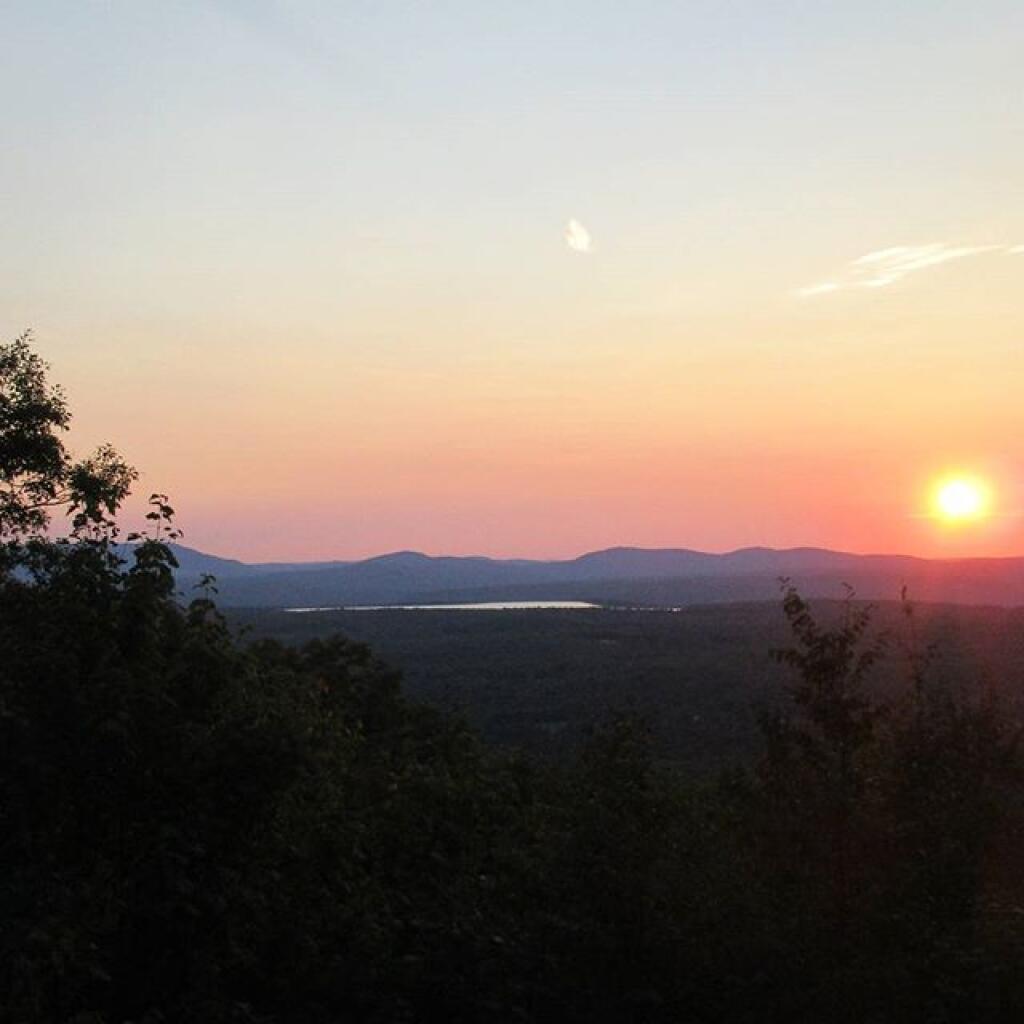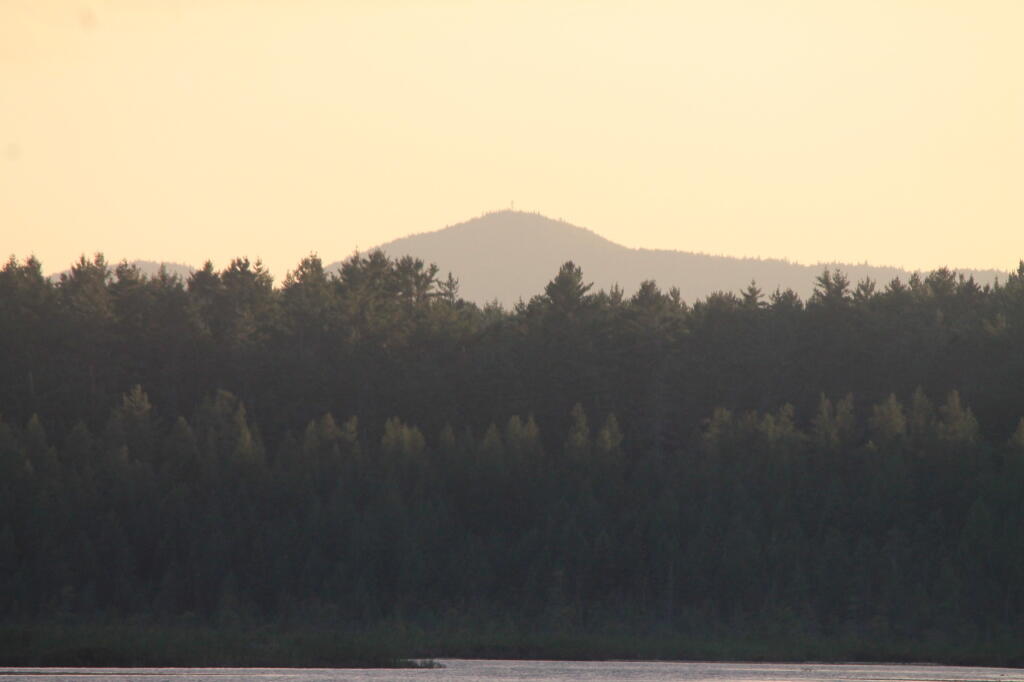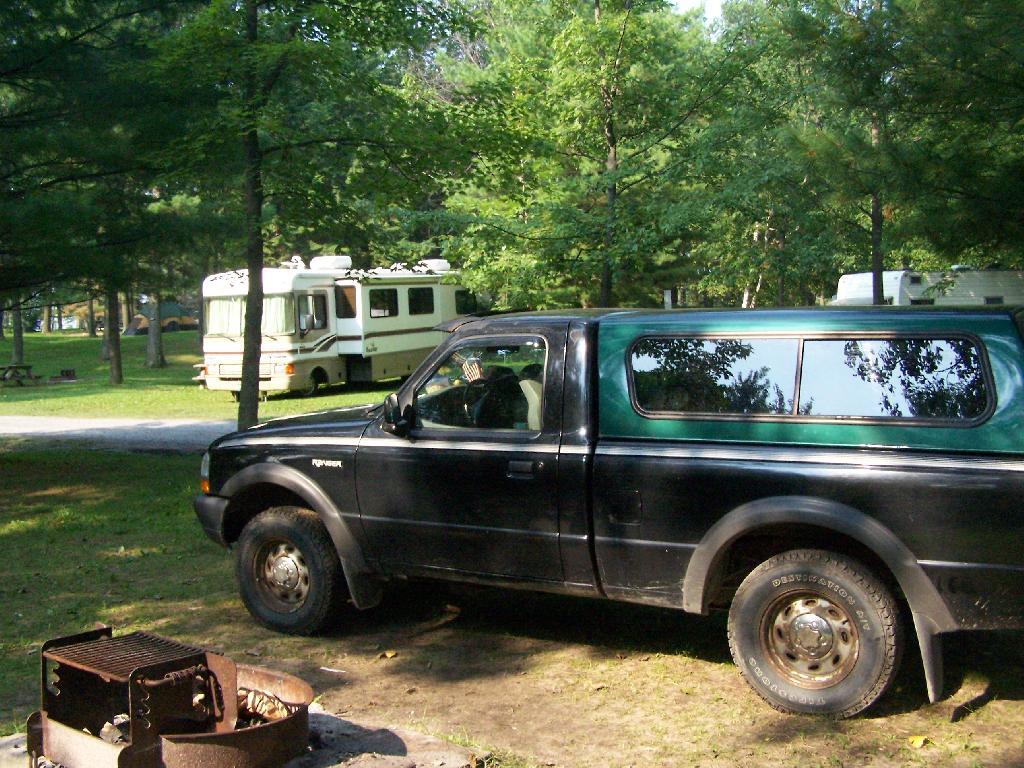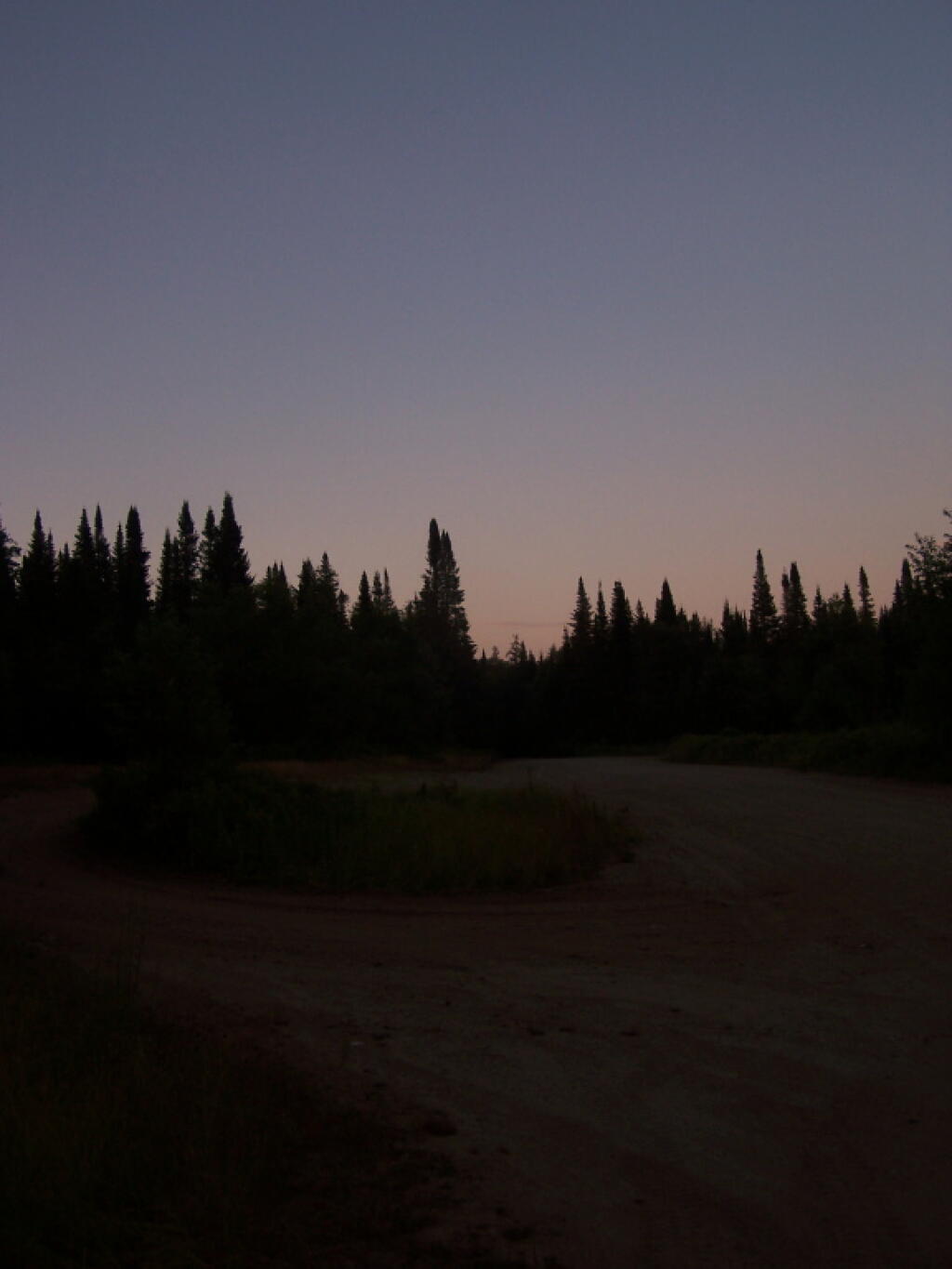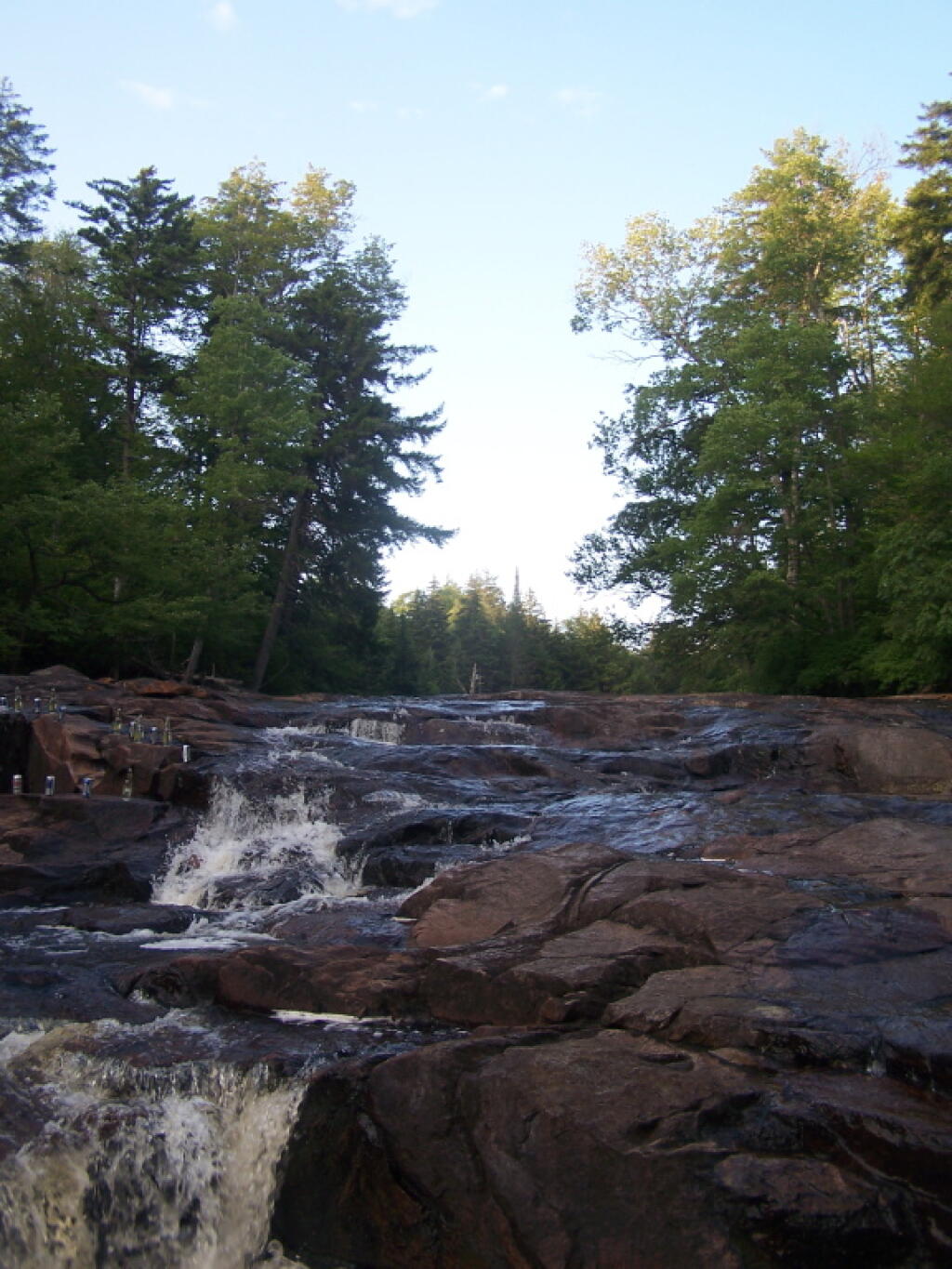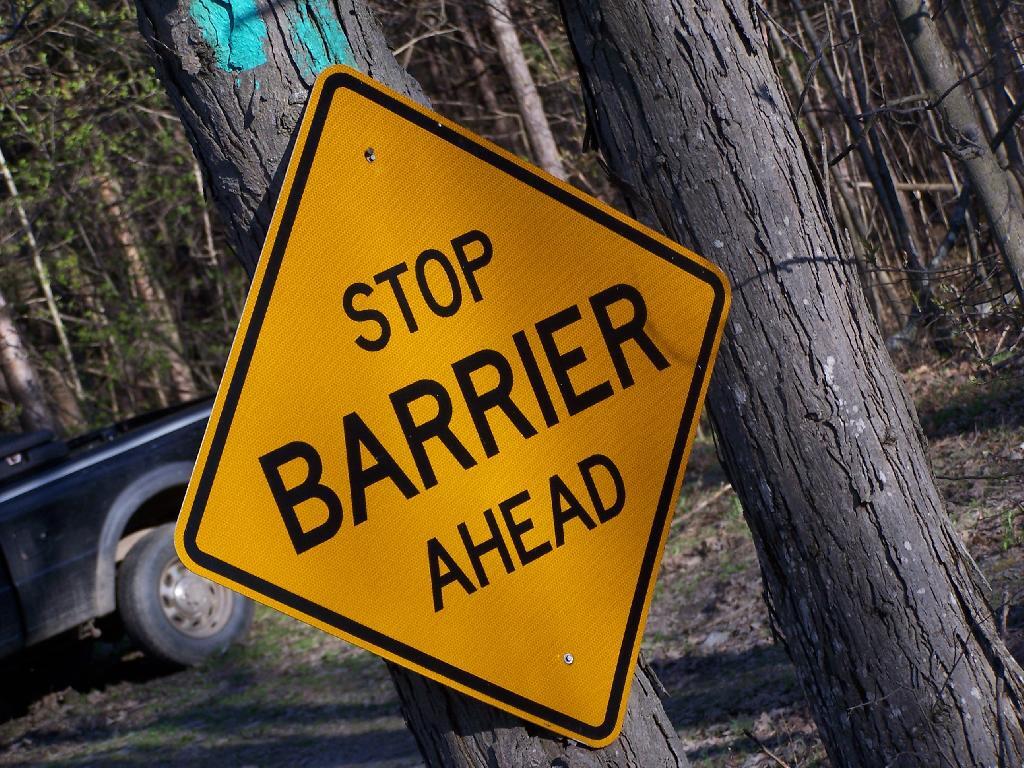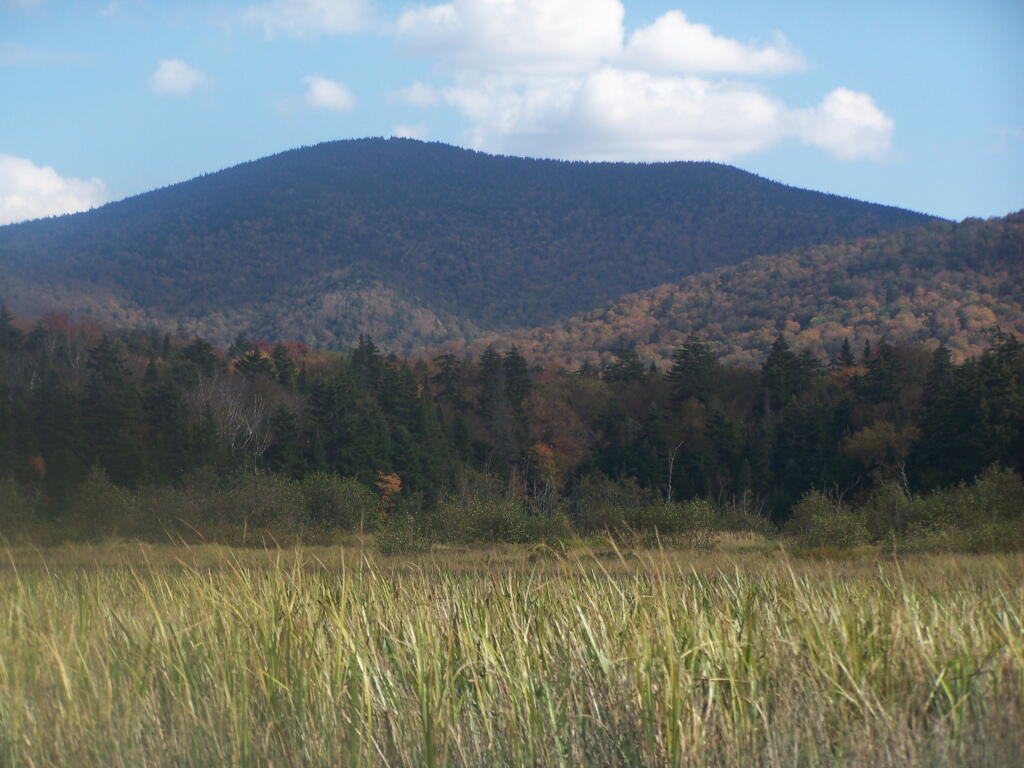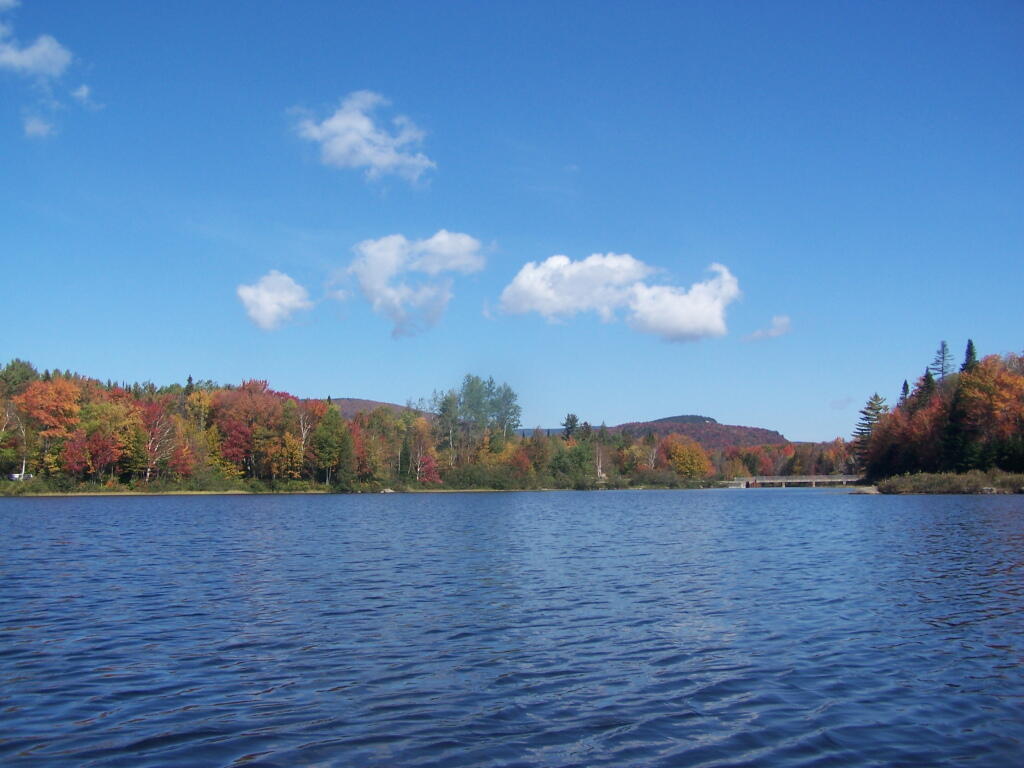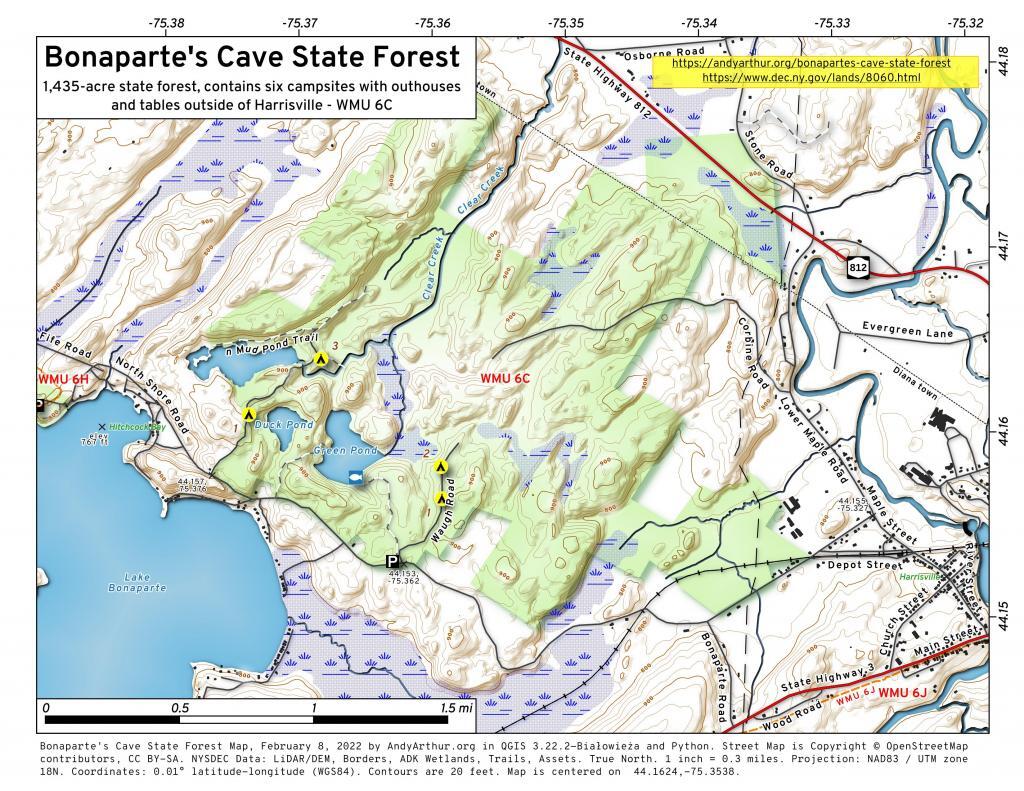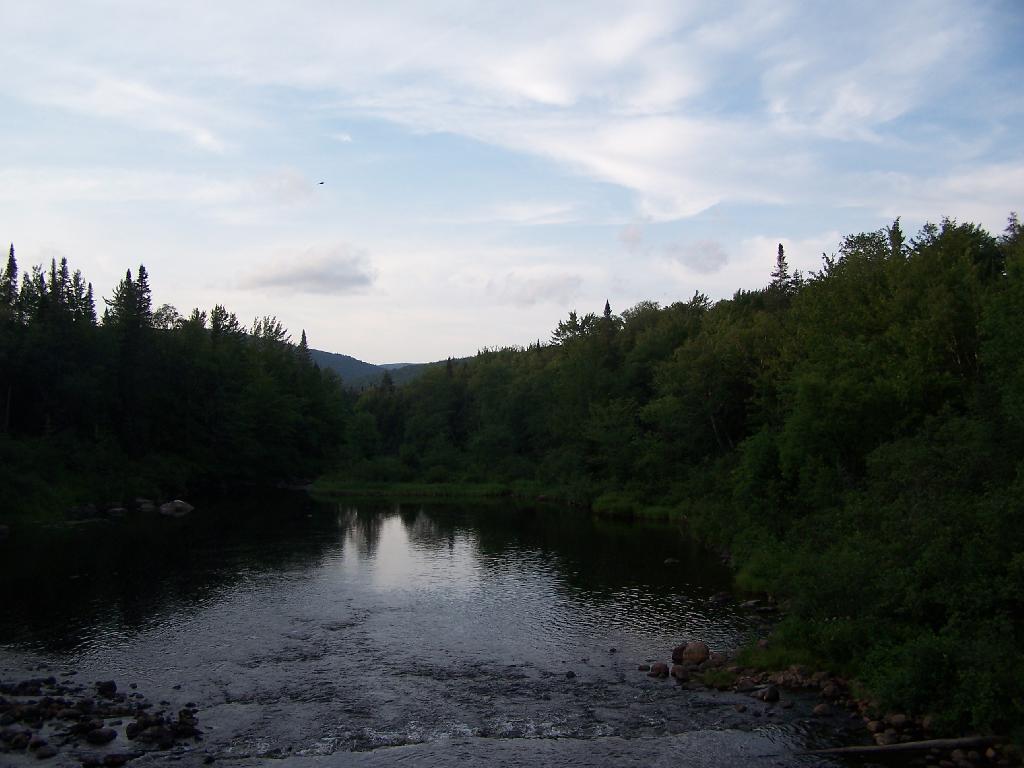The Adirondack Park State Land Master Plan provides for “groupings of primitive tent sites”, that could be viewed as a loophole, or at least a solution to the 1/4 mile seperation that is normally required of “primitive tent sites”.
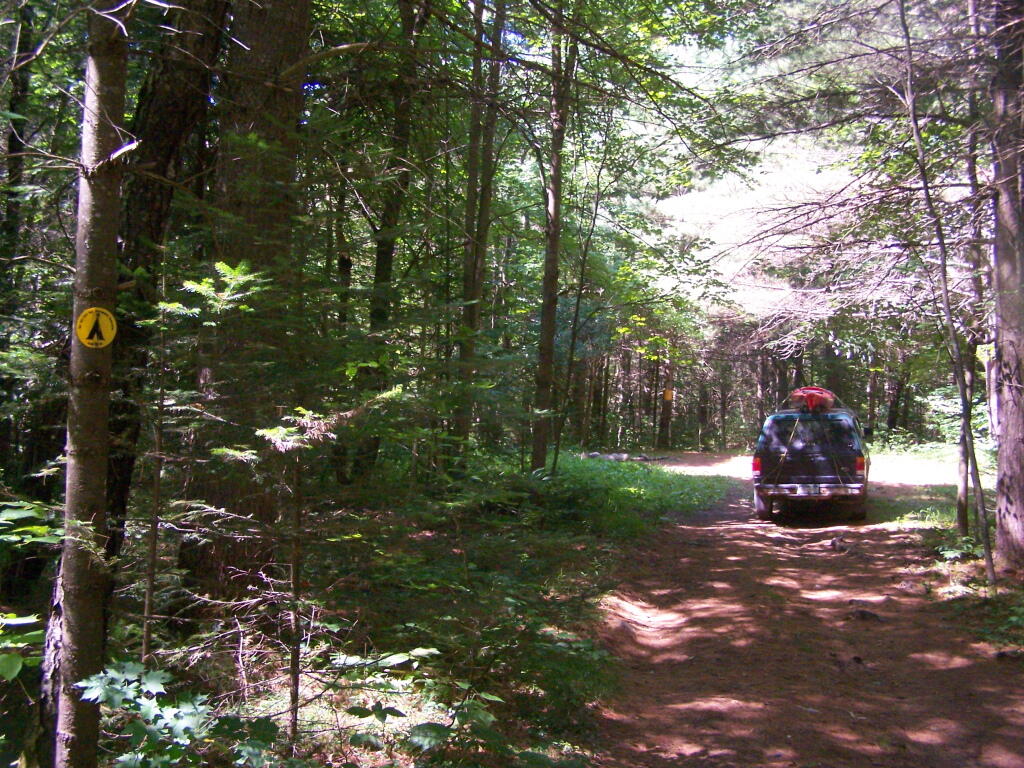
Small groupings of primitive tent sitesdesigned to accommodate a maximum of 20people per grouping under group campingconditions may be provided at carefullyselected locations in wild forest areas, eventhough each individual site may be withinsight or sound and less than approximatelyone-quarter mile from any other site withinsuch grouping, subject to the followingcriteria:
— such groupings will only beestablished or maintained on a site specificbasis in conformity with a duly adopted unitmanagement plan for the wild forest area inquestion;
— such groupings will be widelydispersed (generally a mile apart) andlocated in a manner that will blend with thesurrounding environment and have aminimum impact on the wild forestcharacter and natural resource quality of thearea;
— all new, reconstructed orrelocated tent sites in such groupings will beset back a minimum of 100 feet from themean high water mark of lakes, ponds,rivers and major streams and will be locatedso as to be reasonably screened from thewater body to avoid intruding on the naturalcharacter of the shoreline and the publicenjoyment and use thereof.
In a strict constructionist view of this language, one could claim that this only would apply to campsites specifically allowed to be use by groups of people, as permitted by the DEC. But also could it apply to small “groupings” of campsites along lakes or ponds, that might otherwise not comply with the 1/4 mile of seperation.
Therefore, if you have a grouping of 3-4 “individual” campsites, in a group setting (like on Mountain Pond), you would still have fewer then 20 people camping in a “group camping conditions”. While not an ideal situtation, it does seem to comply with the letter of the Adirondack State Land Master Plan, even if the most radical elements in park might not apprechiate that reading by state land unit management plan authors.
Unlike the language relating to individual primitive tent sites, there is no absolute language that requires a specific seperation, although the preference for these groupings is clearly one mile apart. If you had multiple groupings, out of eyeshot and earshot, let’s say a 1/4 mile apart, would it be consistent with the Adirondack State Land Master Plan?
In addition, the Adirondack Park State Land Master Plan provides that in some language that allows tent sites for reasons of “severe terrian constraints” to violate the 1/4 mile seperation.
1. The structures andimprovements listed below will beconsidered as conforming to wildernessstandards and their maintenance,rehabilitation and construction permitted:
— primitive tent sites below 3,500feet in elevation that are out of sight andsound and generally one-quarter mile fromany other primitive tent site or lean-to:
(i) where physical and biologicalconditions are favorable, individual unitmanagement plans may permit theestablishment, on a site-specific basis, ofprimitive tent sites between 3,500 and 4,000feet in elevation, and,
(ii) where severe terrainconstraints prevent the attainment of theguideline for a separation distance ofgenerally one-quarter mile betweenprimitive tent sites, individual unitmanagement plans may provide, on asite-specific basis, for lesser separationdistances, provided such sites remain out ofsight and sound from each other, beconsistent with the carrying capacity of theaffected area and are generally not less than500 feet from any other primitive tent site;

Many of the campsites that currently violate the 1/4 mile seperation along roads, could be consistent with the Adirondack State Land Master Plan, if this reading of the language of APSLMP was adopted. It might rankle some of the more extreme elements in the park, but it seems consistent both with pratice and the letter of the law.
